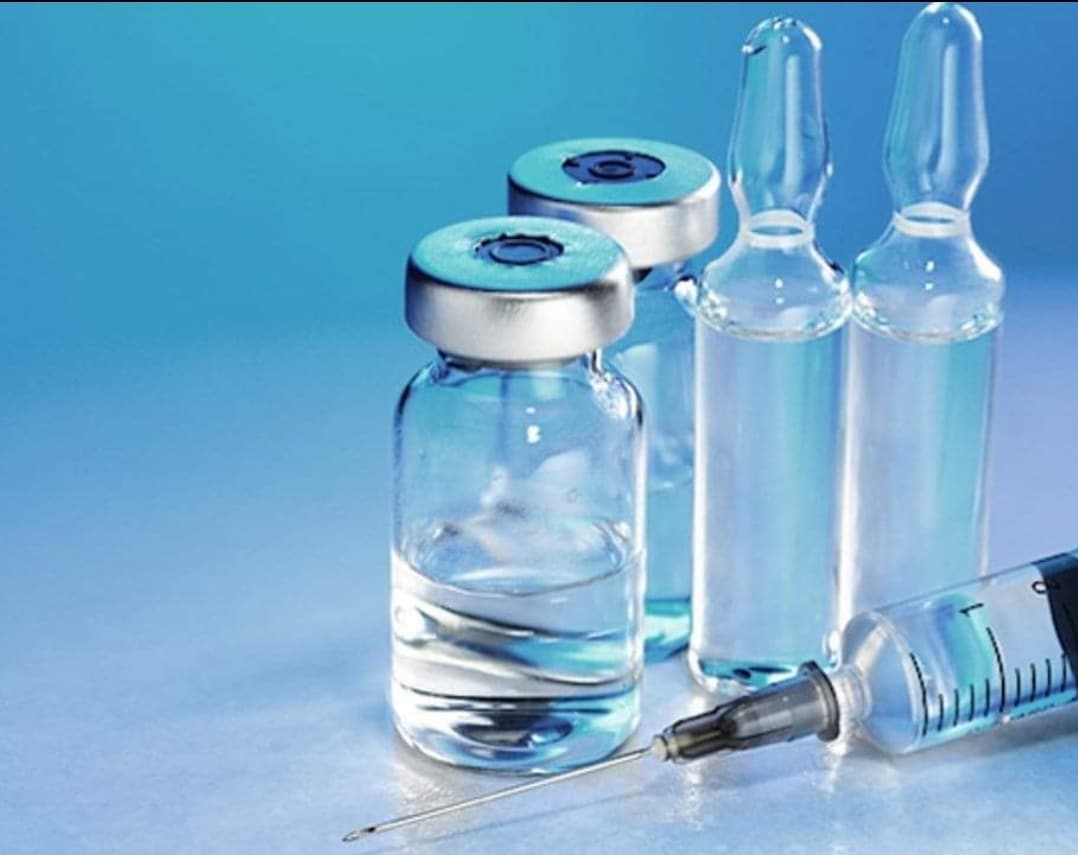USP Vaccine Potency Testing
The potency of a vaccine is one of its most critical properties. It determines the efficacy and safety of the product, ensuring that each dose meets the required strength for inducing an immune response without causing adverse effects. This testing is pivotal in pharmaceutical quality assurance and compliance with global regulatory standards.
USP Vaccine Potency Testing follows United States Pharmacopeia (USP) guidelines to measure the concentration or amount of active ingredient present in a vaccine. This test is essential for ensuring that the vaccine batch meets the potency specifications outlined by USP, which are based on international standards such as ISO and WHO recommendations.
The potency testing process involves several steps that include sample preparation, dilution, assay, and validation. Sample preparation typically involves lyophilizing or freezing the samples to preserve their integrity. Once prepared, the samples undergo a series of dilutions to ensure accurate measurement of the active ingredient concentration. The assay itself can vary depending on the type of vaccine; however, it often includes an in vitro challenge test where cells are exposed to the vaccine and monitored for specific immune responses.
The results from USP Vaccine Potency Testing provide critical data that helps quality managers, compliance officers, R&D engineers, and procurement teams make informed decisions. For instance, these results can influence production adjustments, batch release decisions, and inventory management. Compliance officers rely on this testing to ensure regulatory requirements are met, while R&D engineers use the data for continuous improvement of vaccine formulations.
Accurate potency testing not only ensures product quality but also contributes significantly to public health by ensuring that vaccines provide the expected protection levels. In cases where potency is compromised, it can lead to ineffective or unsafe products, which may result in suboptimal immune responses or even adverse reactions. Therefore, USP Vaccine Potency Testing is a non-negotiable step in the vaccine manufacturing process.
| Step | Description |
|---|---|
| Sample Preparation | Lyophilizing or freezing the samples to preserve their integrity. |
| Dilution | Performing a series of dilutions for accurate measurement of active ingredient concentration. |
| Assay | An in vitro challenge test where cells are exposed to the vaccine and monitored for specific immune responses. |
| Validation | Ensuring that all testing methods meet established standards of precision, accuracy, and reproducibility. |
Why It Matters
The importance of USP Vaccine Potency Testing cannot be overstated. Accurate potency testing ensures that vaccines are safe and effective, thereby protecting public health. Ineffective or unsafe vaccines can lead to suboptimal immune responses or even adverse reactions, which can have serious consequences for individuals receiving the vaccine.
From a manufacturing perspective, accurate potency testing is crucial for quality assurance and compliance with international standards. It helps in making informed decisions about production adjustments, batch release, and inventory management. For regulatory bodies, it ensures that vaccines meet the required specifications and are safe for public use.
In addition to its safety and efficacy implications, USP Vaccine Potency Testing also plays a vital role in ensuring vaccine stability and shelf-life. By accurately measuring potency, manufacturers can ensure that vaccines remain effective throughout their shelf-life, which is critical for maintaining public trust and confidence.
Furthermore, accurate potency testing helps in identifying any potential issues during the manufacturing process. This allows for timely corrective actions to be taken, minimizing the risk of batch failures or recalls. For procurement teams, it ensures that they are purchasing high-quality vaccines from reliable suppliers, which is essential for maintaining the integrity of their supply chain.
International Acceptance and Recognition
- The USP Vaccine Potency Test is recognized by regulatory authorities worldwide, including the World Health Organization (WHO), the European Medicines Agency (EMA), and the United States Food and Drug Administration (FDA).
- This test is also required for vaccines that are exported to countries that adhere to international standards such as those set forth by ISO.
- The potency of a vaccine is measured in units per dose, which must meet specific USP limits. This ensures consistency across different manufacturers and batches.
- Accurate potency testing is crucial for ensuring that vaccines are safe and effective, thereby protecting public health.
Use Cases and Application Examples
The USP Vaccine Potency Testing process can be applied to various types of vaccines including those used in immunizations for diseases such as influenza, pneumonia, tetanus, diphtheria, pertussis, measles, mumps, rubella (MMR), and human papillomavirus (HPV).
- Influenza vaccine: Ensures that the vaccine provides adequate protection against seasonal influenza.
- Pneumococcal vaccine: Guarantees that the vaccine is effective in preventing pneumonia caused by Streptococcus pneumoniae.
- Tetanus, diphtheria, and pertussis vaccines: Ensures that these combined vaccines are potent enough to provide protection against tetanus, diphtheria, and whooping cough (pertussis).
- MMR vaccine: Confirms the potency of the measles, mumps, and rubella components.
- HPV vaccine: Ensures that the vaccine provides adequate protection against specific strains of human papillomavirus.





